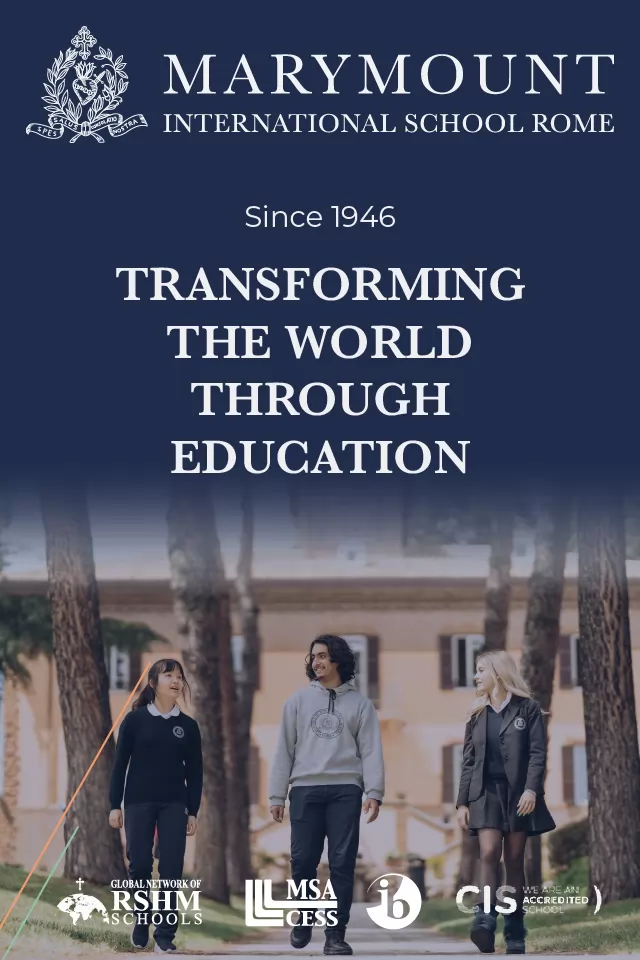Christmas limelight for Arnolfo di Cambio.
Crib crawling round the various churches to admire the beautiful nativity scenes on display is one of the delights of a Roman Christmas. Many of these are authentic works of art, lovingly fashioned by master craftsmen of both the present and the past. Tradition has it that the concept of the Christmas crib was invented by St Francis of Assisi, who set up a living representation of the nativity story in Greccio (Rieti) in 1223. It is less well known, however, that the first crib figurines were created by the great 13th-century Tuscan artist, Arnolfo di Cambio, at the request of Niccol IV, the first Franciscan Pope.
This Christmas, the group of crib figurines is due to be returned to its home in the Basilica of S. Maria Maggiore in Rome where it has been housed since the 16th century. This is after a long and painstaking restoration project, undertaken by master restorers Giuseppe Mantella and Tuccio Sante Guido in the Vatican studios of the Direzione Generale Monumenti Musei e Gallerie Pontificie.
For over three centuries, the marble figures, which are about 50 to 80 cm high, have adorned the Oratorio del Presepio in the crypt of the Sistine Chapel in S. Maria Maggiore (not to be confused with the more celebrated Sistine Chapel inside the Vatican Museum). Pope Sixtus V created this magnificent chapel in the right-hand nave of the basilica to house one of the most revered relics in Christendom the alleged wooden fragments of the manger in the Bethlehem stable where the infant Jesus was laid.
Unfortunately, Arnolfo di Cambios Holy Family has not survived the ravages of time intact. His Madonna and Child were lost and replaced by a late 14th-century substitute, attributed to Jacopo Sansovino. Only the figures of Joseph, the three wise men and the heads of the ox and the ass that poke out of a niche are Arnolfo di Cambio originals, dating from around 1280-89, in addition to two surviving prophets, David and Isaiah. The figurines were taken out of the Oratorio del Presepio earlier this year for restoration but will now be on display for all to see. At present the exact location of the nativity scene is unknown but it is likely to be housed in the museum, within the basilica.
The mutilated crib is symbolic of the ill fortune that has dogged this 13th-century genius. Sculptor, architect, town planner and artist, who drew inspiration from the French Gothic movement and triggered off the explosion of innovative artistic ideas that created the Florentine Renaissance, Arnoldo di Cambio has somehow not become a household name like his contemporaries, Cimabue and Giotto. Arnolfo worked in Florence, Siena, Rome, Orvieto and Perugia and left his mark on the most important monuments of his era, including S. Croce and Palazzo Vecchio in Florence and S. Cecilia and St Pauls Outside-the-Walls in Rome. His greatest masterpiece, however, was the Cathedral church of Florence, S. Maria del Fiore a project of awe-inspiring proportions that won him acclaim and honour throughout mediaeval Europe. For two centuries until it was overtaken by St Peters in Rome the Florence duomo was the largest church in the Christian world. Unfortunately, the church has undergone numerous alterations over the years. Arnolfos facade, which was covered in an array of statues and symbolic decorations relating to the cult of the Virgin Mary, was demolished in 1586 and only a few of the original sculptures, such as the statue of Boniface VIII and the Madonna of the Glass Eyes, survive in the nearby Museo dellOpera di S. Maria del Fiore.
Arnolfos life is shrouded in mystery. The only thing that appears to be certain is that he was a pupil of Nicola Pisano. It is documented that he worked with him in Bologna in the Church of S. Domenico and on the monumental pulpit in Siena cathedral between 1265 and 1268. However, so little is known about his life that it wasnt until the late 19th century that his true origins were established. It is now generally accepted that he was born at Colle Val dElsa (Siena) sometime between 1240 and 1250 and that he died in Florence around 50 years later. His influence, however, was enormous and both Brunelleschi and Donatello were inspired by his ideas.
After centuries of neglect, this great pre-renaissance master is finally about to receive his due, with a major exhibition to mark the 700th anniversary of his death. Arnolfo, at the Origins of the Florentine Renaissance is the first monographic exhibition dedicated to the man and the artist. Appropriately, it will be staged in the very premises that were created by the Florentine Republic to oversee the construction work of the duomo, the Opera di S. Maria del Fiore. Some 90 pieces from collections all over the world will be on show, including the Annunciation from the Victoria and Albert Museum in London and the remarkable portrait of Charles DAnjou from the Capitoline Museums in Rome. A special attraction will be a reproduction of a portion of the Arnolfo facade of S. Maria del Fiore, based on a drawing made in 1587, when the facade was destroyed and the great Duomo of Florence, as conceived by Arnolfo, was lost forever.
Arnolfo, at the Origins of the Florentine Renaissance (21 Dec-21 April 2006).
Museo dellOpera di S. Maria del Fiore, Piazza Duomo 9, Florence. Mon-Fri 09.00-19.30; Sun 09.00-13.40. Entry 10; Children under 6 free. Reductions for families, parties of min 15 people, school groups and over 65s. For information tel. 0552302885.


















